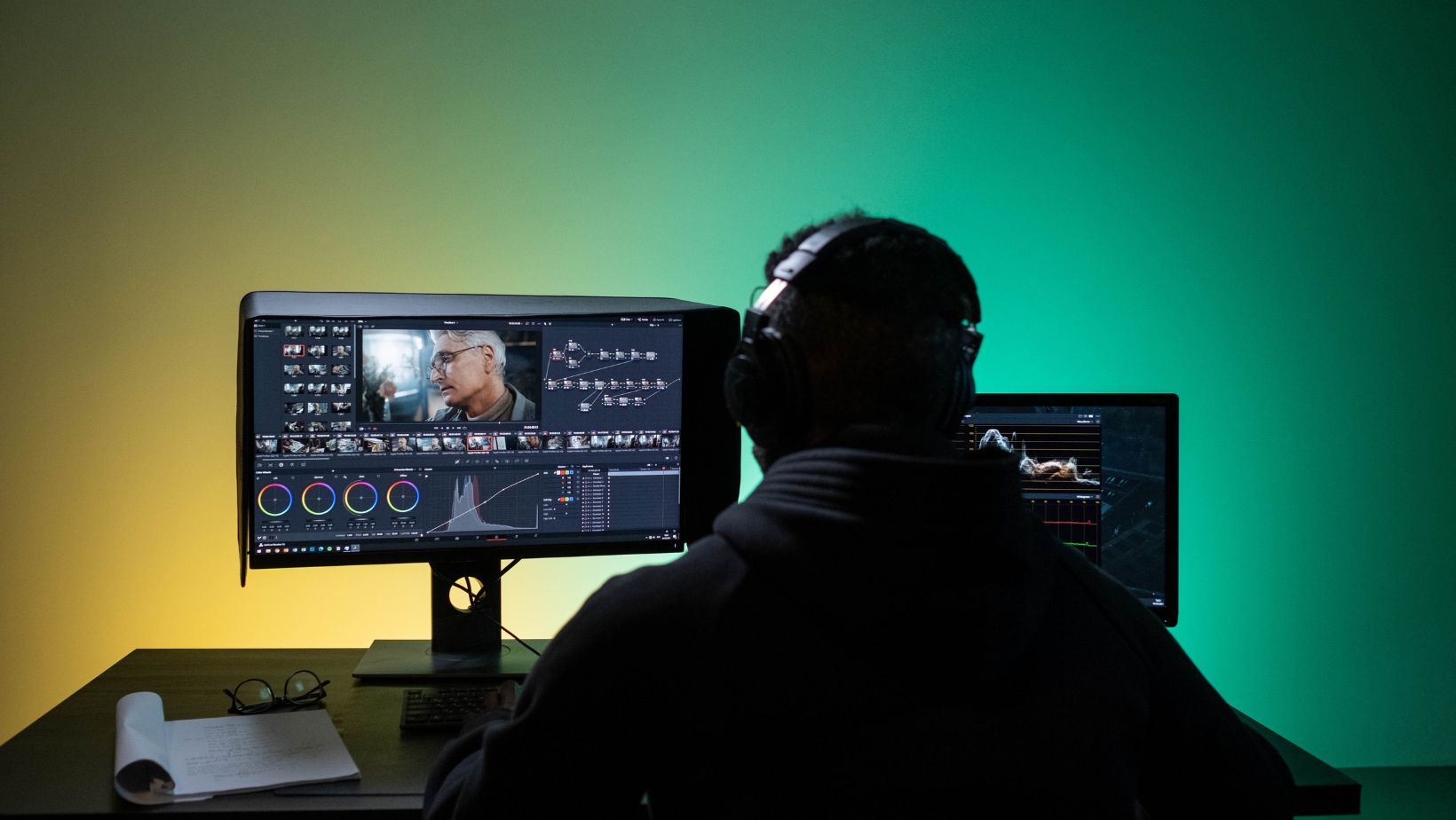With businesses collecting more video footage than ever—from CCTV in shops to body cams in hospitals—data privacy has never been more important. What many companies don’t realise is that video content often contains personal information that’s protected by law. If that footage falls into the wrong hands or is mishandled, it can lead to serious legal trouble.
That’s why more organisations are turning to video redaction software to help them stay compliant with major privacy regulations like GDPR and HIPAA. This smart tech can automatically blur faces, licence plates, or screens, helping businesses protect sensitive data without the painstaking manual effort. Let’s break down why this shift is happening—and what your business can learn from it.
Why Video Footage Needs to Be Redacted
In many business settings, it’s not just audio or written data that needs safeguarding—video is just as vulnerable. Surveillance systems, security cameras, and even Zoom call recordings can unintentionally capture:
- Faces and identities
- Vehicle licence plates
- Patient or customer information
- Computer screens
- Sensitive interactions
Leaving this data unredacted increases the risk of privacy violations, legal claims, and hefty fines. Beyond regulations, there’s also an ethical obligation to protect the people shown in your recordings. Redaction ensures that sensitive details are blurred or masked before footage is shared, archived, or submitted as evidence. Here’s more information about the risks of not securing sensitive data.
The Rise of Video Redaction Software
Manual video editing used to be the only way to redact footage—slow, tedious, and prone to human error. But now, thanks to advancements in AI and automation, businesses can use video redaction software that does the job much faster and with far greater accuracy.
Modern redaction tools can:
- Detect faces and objects automatically
- Apply consistent blurring or masking
- Process footage in batches
- Integrate with your existing video systems

This isn’t just about convenience. It’s about meeting deadlines for Data Subject Access Requests (DSARs), responding to incidents quickly, and ensuring every frame complies with strict privacy laws.
Key Benefits of Using Redaction Software for Compliance
Here’s why companies are embracing redaction technology:
- Regulatory Compliance: Automated redaction helps ensure your business doesn’t violate GDPR, HIPAA, or other privacy laws.
- Time-Saving: AI tools process footage in a fraction of the time compared to manual editing.
- Accuracy: Reduce human error with consistent redaction across all video files.
- Audit Trails: Many tools log redaction actions, helping you prove compliance if regulators come knocking.
- Public Trust: Showing customers and stakeholders that you take privacy seriously builds confidence in your brand.
Real-World Use Cases
Video redaction software is no longer just for law enforcement. Here’s how different sectors are putting it to use:
- Healthcare: Hospitals use redaction tools to blur patient details in security footage before sharing it with law enforcement or insurers.
- Retail: Shops blur bystanders in footage used for internal investigations to protect customer privacy.
- Public Sector: Police departments redact bodycam videos before releasing them under public information laws.
- Education: Schools use redaction to hide students’ identities in footage shared for disciplinary or legal reasons.
In each case, the goal is the same: protect privacy while keeping the video useful and compliant.
What to Look for in a Video Redaction Tool
Choosing the right redaction software matters. Here are some features to look out for:
- AI-Powered Detection: Can it automatically spot faces, screens, or licence plates?
- Custom Redaction Zones: Can you adjust which areas are blurred manually?
- User-Friendly Interface: Is it simple enough for staff without tech skills to use?
- Cloud vs. On-Premise: Does it fit your infrastructure and data policies?
- Integration Capabilities: Can it connect to your existing video systems or case management software?

Think of redaction software as an investment in both compliance and operational efficiency.
Common Challenges and How to Overcome Them
Redacting video at scale isn’t without its challenges:
- Large volumes of footage: Use batch-processing tools to handle multiple files at once.
- Poor video quality: Choose software that can detect and redact even in low-resolution environments.
- Evidence clarity vs. privacy: Apply selective redaction to keep necessary context while hiding sensitive elements.
- Staff training: Invest in brief training sessions or choose software with built-in tutorials to get your team up to speed quickly.
With the right tools and strategy, these hurdles are easy to overcome.
Conclusion
As privacy regulations tighten and the use of video footage expands, more businesses are realising that redaction software isn’t a luxury—it’s a necessity. Whether you’re handling security footage, responding to access requests, or preparing for legal proceedings, redacting sensitive details is a vital step in staying compliant and trustworthy.
If your business collects or shares any kind of video content, now is the time to explore how video redaction software can keep you on the right side of the law—and ahead of the curve.



